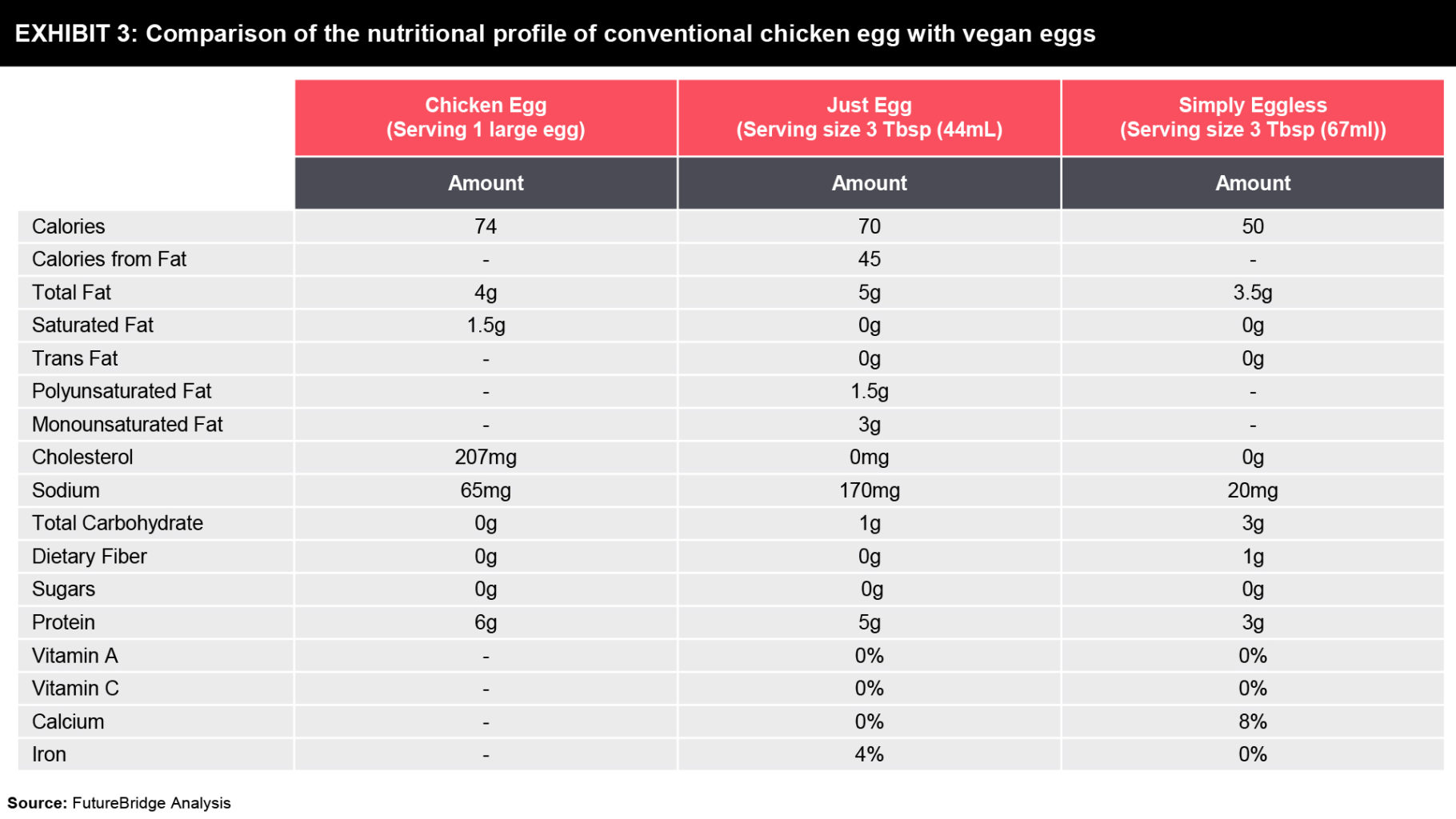Tesla’s much anticipated Battery Day, previously intended to happen in the first half of 2020, was held on 22nd September 2020 with much fanfare. Elon Musk, Tesla’s CEO, had promised to reveal his “very insane” plans to revolutionize the battery that would result in a “step change in accelerating sustainable energy”.
The Battery Day talked about Tesla’s contribution towards sustainable energy so far, the company’s plans of producing affordable EVs, cheaper energy storage options, and its plans to halve the battery cost per kWh.
According to DNV GL forecasts, battery costs are expected to reduce by 19% for each doubling of installed capacity. Also, global battery capacity is expected to grow to almost 4 terawatt-hours (TWh) in 2025 as compared to a capacity of 430 gigawatt-hours (GWh) in 2020.
Tesla expects to be significantly contributing to the above forecasts while fulfilling its mission of accelerating the world’s transition to sustainable energy in the following two major ways:
- Building Terrawatt-hour scale battery production with less investment, and
- Design affordable battery cells to make EVs accessible to all
To be precise, Tesla announced a number of innovations on Battery Day to be implemented in the next 2-3 years that will:
- Reduce the cost of batteries by 56% (measured in $/kWh),
- Increase range (per kg of battery) by 54%,
- Reduce the investment cost per kWh of manufacturing capacity by 69%
Battery still remains the major puzzle for EVs to be able to compete with IC engine vehicles and comprises of a maximum portion of the cost of a vehicle. And, Tesla has several ways planned to improve on battery costs and associated energy density.
Current challenges faced by EVs
Even though the Plug-in EVs market share has grown from 0.2% to more than 1.8% in the last five years, EVs are still not accessible to all and make up for a very small portion of total vehicles sold every year globally. Following are some of the major hurdles for the widespread adoption of EVs:
- Cost as compared to IC engine vehicles
- Lack of charging infrastructure
- Public perception towards EVs around the range, safety, reliability, etc.
A plan to halve the battery cost per kWh
According to DNV GL, the average battery cost of US$156 per kWh in 2020 is expected to decrease to about US$80 per kWh in 2025. Tesla’s plan is to halve the cost of a kWh by redesigning the lithium-ion battery cells, innovations in anode and cathode materials, cell manufacturing factory improvements, and cell vehicle integration.
In the next section, we will concentrate majorly on the innovations around revolutionizing battery technology.
“Tabless” battery cells
Tesla is already a leader in EV battery technology. The company’s existing 2170 battery cells are already higher in energy density as compared to the industry standard of Panasonic’s 18650 battery cells and can deliver double the current with only 50% larger size in volume. However, Elon Musk thinks it’s not enough.
So Tesla has introduced a new “tabless” design that it’s calling the 4680 cells (46mm diameter). The resulting battery is simpler to manufacture and requires fewer parts. The company claims that it enables six times more power than 2170 cells, and gives Tesla vehicles about 16% more range. This will enable Tesla to make more energy-dense, in-house batteries to increase the range of its vehicles and also become one of the factors towards a US$25,000 EV in the next three years. As per the company’s presentation, “tabless” battery redesign should help reduce per kWh cost by 14%.
Exhibit 1 below represents Tesla’s proposed 4680 battery cell.

Phasing out of Cobalt
Tesla battery cells, currently manufactured by Panasonic, already use very little Cobalt in their batteries as compared to other company battery cells. As a next step, Tesla aims to completely phase out cobalt, a widely used option in the industry, in favor of Nickel which is a cheaper and higher energy-dense material in cathodes.
Exhibit 2 below represents costs and energy density for different cathode materials.

As per the company’s presentation, cathode and anode material innovations should reduce per kWh cost by 12%. Overall, when combined with cell manufacturing optimization in factories and cell vehicle integration the battery costs per kWh is projected to reduce by 56% in the next few years.
What is expected in the future?
Battery Day 2020 promised a range of impressive improvements in the battery cell and associated costs. However, there was no display of a battery prototype. There was no other display to boost the industry’s confidence towards this innovative idea. In essence, all the plans outlined were genuinely impressive but lacked a clear sense of direction that Tesla will be taking in the next 2-3 years to fulfill these promises. Maybe that’s why Elon Musk also said during the presentation that Tesla would “not reach serious high-volume production” on its new battery process until 2022.
Nevertheless, till we all can witness the new battery cells, we can still expect Tesla to shift the needle on energy transition to sustainability by continuously improving its technology on energy storage and EVs.


Need a thought partner?
Share your focus area or question to engage with our Analysts through the Business Objectives service.
Submit My Business ObjectiveOur Clients
Our long-standing clients include some of the worlds leading brands and forward-thinking corporations.
- © 2021 Cheers Interactive (India) Private Limited. All rights reserved. FutureBridge ® is a registered trademark of Cheers Interactive (India) Private Limited.




































